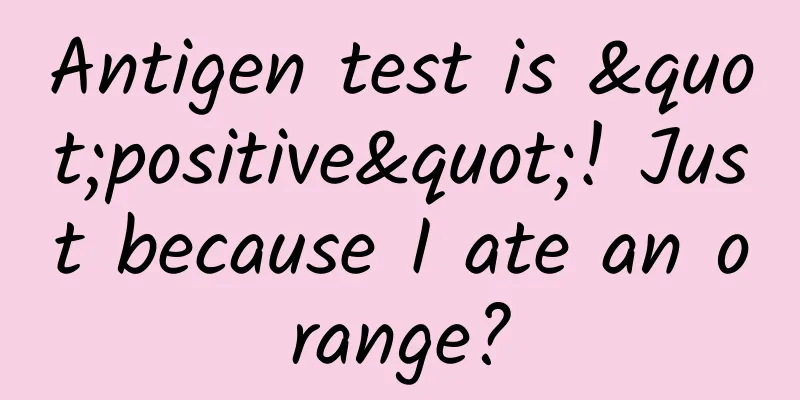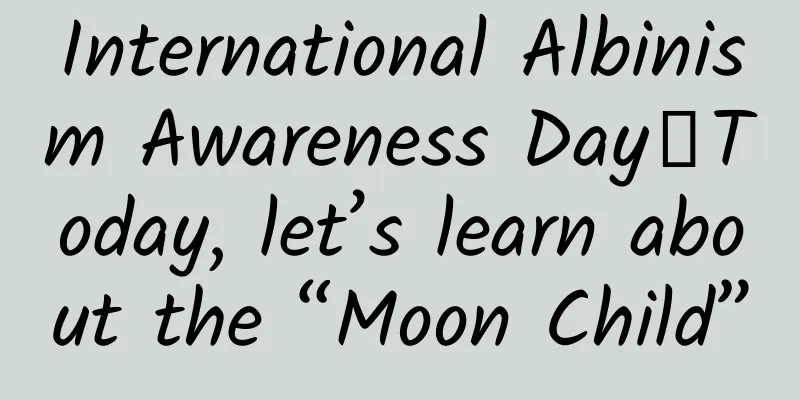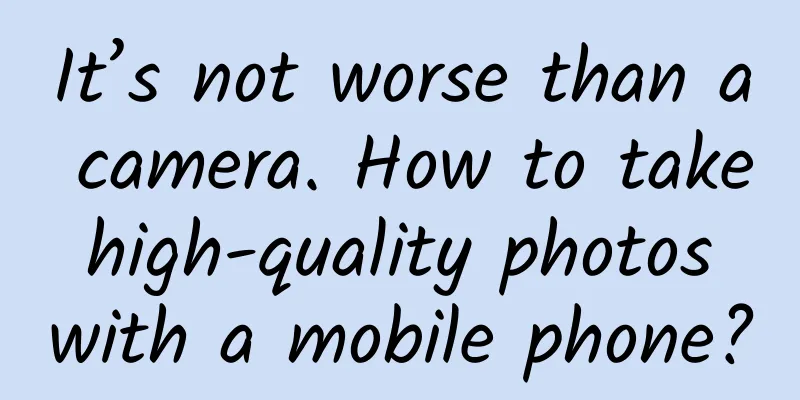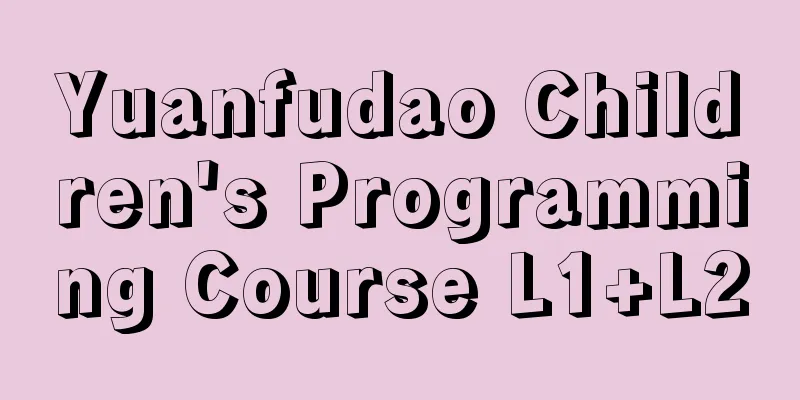Antigen test is "positive"! Just because I ate an orange?

|
Audit expert: Gu Haitong Deputy Chief Physician, Department of Respiratory Medicine, Beijing Tongren Hospital, Capital Medical University As the year came to an end, the epidemic that had troubled many people for a whole year suddenly ushered in a big change. Various places successively announced the cancellation of routine nucleic acid testing, and various new prevention and control news made people overwhelmed. Among them, a video attracted the attention of many people: In the video, the netizen added orange juice into the COVID-19 antigen test card, and then two purple-red horizontal lines appeared on the test box, indicating a positive result. Source: Internet screenshot Why does orange juice make the test card show positive? If we eat oranges and then take a nucleic acid test, will it also test positive? Before answering this question, we need to first understand how antigen testing is performed. Detection principle of antigen reagent Antigen testing for the novel coronavirus includes the following steps: 1. Before sampling, use a tissue to blow away the remaining mucus in the nasal cavity and remove excess nasal secretions; 2. Start sampling, take out the nasal swab and insert it into the nasal cavity 1-1.5 cm, and rotate it three to four times to collect samples; 3. Place the sampled nasal swab into a sampling tube containing sample buffer, rotate and mix for more than half a minute, and press the nasal swab at least five times outside the sampling tube with your hand, squeeze out the liquid in the nasal swab and discard it; 4. Drop the treated sample buffer into the reagent strip of the antigen test and wait for about 10-20 minutes to observe the results. Source丨Editor There are two areas in the test strip, called T area and C area, where T area is the test area and C area is the control area . If a red bar appears in area C, it means the test is valid. If no red bar appears in area C, it means the test is invalid. If red bars appear in both area T and area C, it is judged as positive, indicating possible infection with the new coronavirus. Source: China Medical Network We know that antigens are like the clothes that viruses wear on the outside, and nucleic acids are the genes inside viruses. The new coronavirus antigen test uses antibodies to detect the antigens of the virus. The combination of the two can make the virus appear. The new coronavirus is an RNA virus, and its structural proteins are mainly four types, namely spike protein (S protein), membrane protein (M protein), envelope protein (E protein) and nucleocapsid protein (N protein). The principle of antigen testing is to collect samples of "human nasal mucosal epithelial cells" to detect whether the human body contains protein antigens shed from the outer shell of the new coronavirus (mainly the N protein that is not easy to mutate and is relatively stable), and then determine whether the person is infected with the new coronavirus. The current common method is colloidal gold immunochromatography (GICA). When we drop the sample buffer into the reagent strip, the buffer will penetrate forward in the strip, passing through the T zone and the C zone successively. If the sample contains the new coronavirus, the protein antigen shed from the virus will combine with the corresponding protein antibody labeled with colloidal gold in the T zone, thereby showing red. Source: pixabay Now that we understand the principles of antigen testing, we will know why oranges test positive. Why do false positives occur? The combination of the protein antigen of the new coronavirus and the reagent antibody needs to meet appropriate conditions, because the specific antibody is essentially a protein, which is easily affected by acid-base imbalance and protein denaturation. Orange juice is an acidic beverage, which will cause the colloidal gold antibodies in the T area of the reagent strip to abnormally aggregate and precipitate. These precipitated colloidal gold will precipitate in the T area and appear red, as if it is "positive". In fact, in addition to oranges, many other acidic beverages such as cola, lemonade, sports drinks, etc. will also cause two bars to appear on the antigen test card. Source: pixabay Therefore, this is why experts often emphasize that antigen testing must follow standardized sampling and conduct testing strictly as required . So back to the original question, will eating oranges affect antigen testing? Of course not , because antigen testing mainly collects samples from the nasal cavity. Under normal dietary conditions, eating oranges or other foods will not affect the composition of the nasal cavity. In addition, when doing the test, there is also a step of eluting with a buffer. While removing impurities in the specimen, it is more important to elute the specimen to a suitable pH value, that is, the acidity and alkalinity, to act as a buffer. Antigen testing is done through the nasal cavity, but throat swab nucleic acid testing is done through the throat, so will eating oranges affect nucleic acid testing? The answer is no. Can I eat oranges before taking nucleic acid test? First of all, we need to know that antigen testing and nucleic acid testing are two different testing methods. Nucleic acid testing is the detection of nucleic acid inside the virus, which is much more complicated than antigen testing. The nucleic acid samples will be eluted and purified, and then tested by real-time fluorescence quantitative amplification detection method (RT-PCR). The detection process is complicated and time-consuming, but it is more sensitive . The nucleic acid test will follow the specifications during the sampling process to ensure accurate operation. Therefore, food residues, fruit juice, etc. remaining in our mouths will basically not affect the nucleic acid results. Source: Baidu Encyclopedia However, since nucleic acid sampling requires the throat swab to be inserted deeper into the throat, it is recommended not to eat too much before nucleic acid testing to avoid vomiting caused by irritation from the throat swab during sampling. In general, the information that "eating oranges will test positive" is completely wrong! Everyone should eat and test as needed, and don't worry too much. The New Year is approaching, and our lives will also face new changes. The atmosphere of fireworks is gradually returning to our lives, but as mentioned in the policy: from now on, everyone is the first person responsible for their own health. Regardless of whether the prevention and control measures are tight or loose, everyone must wear masks and take good protection~ |
>>: Can humans also "photosynthesize"? Zhejiang University's research results appear in Nature
Recommend
Google Maps updates with COVID-19 disease information layer
Google today announced an update to its Google Ma...
How can educational institutions achieve online distribution and content fission?
Affected by the epidemic, more than 200 million p...
There are some places that you can't pick randomly, the harm is greater than you think
This article was reviewed by Luo Xuming, Chief Ph...
How much does it cost to develop the Chongqing Book Mini Program? What is the quotation for the production of Chongqing Book Mini Program?
For entrepreneurs, although mini program developm...
User growth: How to achieve distribution fission?
The development of the Internet has passed the tr...
Discussing WeChat’s O2O path from the collapse of Dingdong Community
This article Heart of Rock puts forward several c...
A sideline business with zero threshold to make money, with a monthly income of 20,000+ for beginners
At present, everyone knows that the short video i...
Love will leave an imprint on the brain丨Tech Weekly
Compiled by Zhou Shuyi Love leaves an imprint on ...
Accenture report: Vision of digital health technology
Accenture has released a new report, "Digita...
Can Internet TV completely defeat traditional TV in one step?
March 23 (Reporter Zhang Zhichang) The emergence ...
iOS 18 new features exposed, finally here!
Generative AI technology is very popular this yea...
7 ways to play in the short video field
In recent years, short videos have become a very ...
Zero-based fat reduction and body shaping—suitable for both men and women
Zero-based fat reduction and body shaping—suitabl...
Tik Tok game marketing example: downloads increased 40 times on iOS and 16 times on Android
Now more and more companies are paying attention ...
How to analyze retention data and reduce user churn?
As we enter the second half of the Internet era, ...









